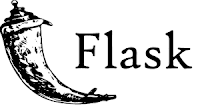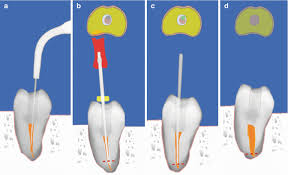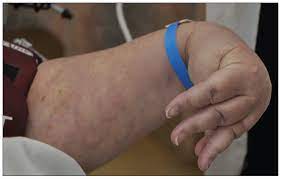Cytotoxic drugs. Asparagazine. Bleomycin. Calcium Folinate. Powder for sulfate injection
Cytotoxic drugs:
- Allopurinol - tablets: 100 mg to 300 mg.
- Asparagus - Injection powder: 10,000 IU in vial.
- Palomycin - Powder for injection: 15 mg (in the form of sulfate) in a vial.
- Calcium Fulenate - Syringe: 3 mg / ml in a 10 mL ampoule.
Tablets: 15 mg.
Chemotherapy uses medical drugs - cytotoxic drugs - to kill cancer cells or slow their growth. There are many different types of medical drugs used in chemotherapy.
Sometimes one type of drug is used, but mostly uses two or more of them at the same time, and this condition is called structural therapy.
The type of chemotherapy your doctor describes depends on several factors, including your cancer, where your cancer starts, how the cancer cells look under the microscope, and whether you have moved to other parts of the body.
Chemotherapy produces a different set of reactions in different individuals.
Some individuals do not have side effects, and many have little side effects. Reactions from chemotherapy are also different from one period to the next.
However, many side effects can be controlled or reduced.
We can not recommend you the best treatment for you, but you need to discuss this with your doctors.
Some cancers are treated with chemotherapy alone or with other treatments, such as surgery or radiotherapy.
Chemotherapy can be done before or after other treatments. In the case of chemotherapy before other treatments, these drugs are used to reduce the size of cancer cells and thus other treatments come more effective results.
But when chemotherapy is used after another treatment, it is used to kill any remaining cancer cells that may cause other problems later on.
Palliative therapy aims to relieve symptoms.
It is particularly important to individuals with advanced cancer and no hope of recovery but wish to maintain a good life.
For example, chemotherapy may be used to relieve pain caused by cancer or to stop the spread of cancer to another member.
- Allopurinol - tablets: 100 mg to 300 mg.
- Asparagus - Injection powder: 10,000 IU in vial.
- Palomycin - Powder for injection: 15 mg (in the form of sulfate) in a vial.
- Calcium Fulenate - Syringe: 3 mg / ml in a 10 mL ampoule.
Tablets: 15 mg.
Chemotherapy uses medical drugs - cytotoxic drugs - to kill cancer cells or slow their growth. There are many different types of medical drugs used in chemotherapy.
Sometimes one type of drug is used, but mostly uses two or more of them at the same time, and this condition is called structural therapy.
The type of chemotherapy your doctor describes depends on several factors, including your cancer, where your cancer starts, how the cancer cells look under the microscope, and whether you have moved to other parts of the body.
Chemotherapy produces a different set of reactions in different individuals.
Some individuals do not have side effects, and many have little side effects. Reactions from chemotherapy are also different from one period to the next.
However, many side effects can be controlled or reduced.
We can not recommend you the best treatment for you, but you need to discuss this with your doctors.
Some cancers are treated with chemotherapy alone or with other treatments, such as surgery or radiotherapy.
Chemotherapy can be done before or after other treatments. In the case of chemotherapy before other treatments, these drugs are used to reduce the size of cancer cells and thus other treatments come more effective results.
But when chemotherapy is used after another treatment, it is used to kill any remaining cancer cells that may cause other problems later on.
Palliative therapy aims to relieve symptoms.
It is particularly important to individuals with advanced cancer and no hope of recovery but wish to maintain a good life.
For example, chemotherapy may be used to relieve pain caused by cancer or to stop the spread of cancer to another member.






